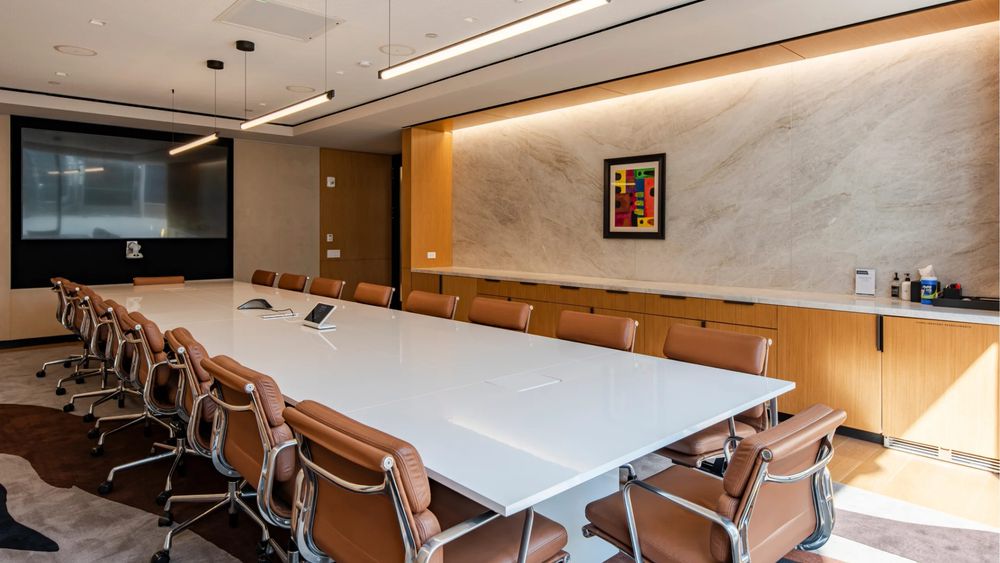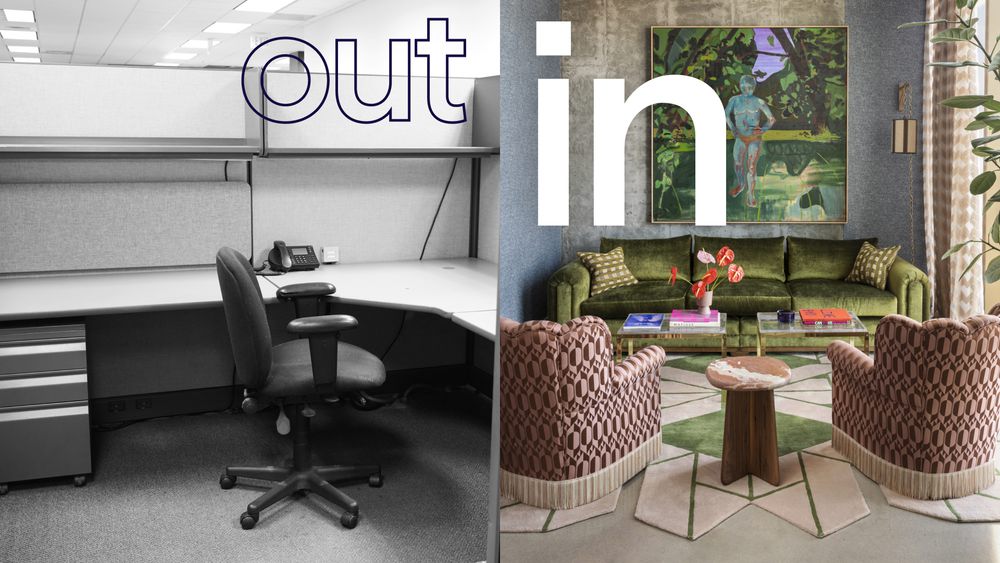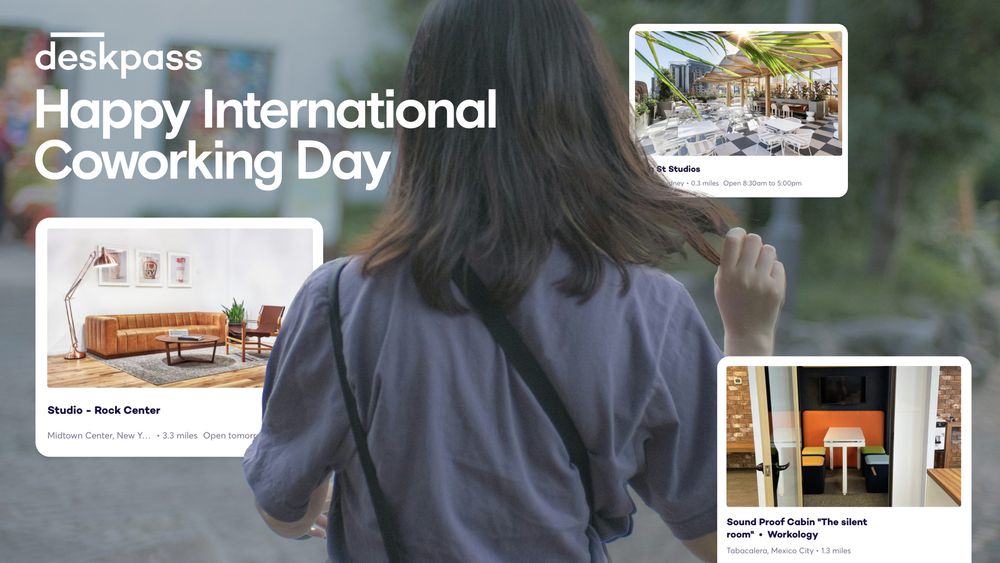There are differences between meeting rooms and conference rooms. Understanding them will help you schedule a more meaningful meeting.
Ever walked into an office and wondered why there are so many different types of rooms? It can be particularly confusing when the time comes to host a meeting. Should you meet in a company meeting room or the conference room? To many people, that question is redundant; however, there’s an important distinction to be made—one that could impact the success of your meeting.
Think of it like this: if company meeting rooms are a local coffee shop, conference rooms are more like a sit-down restaurant. Both serve food (or in this case, host discussions), but the vibe—and what goes down inside—are very different. Your choice of company meeting room vs. conference room can set the tone for what meeting attendees expect—and have implications on the success of the meeting itself.
Definitions and Purposes
When it comes to collaborative spaces, not all rooms are created equal. Meeting rooms and conference rooms each have their own unique identity and role in the workplace ecosystem. Before booking these rooms, make sure you have a clear understanding of their purpose and function:
Meeting Rooms: This is your go-to spot for smaller gatherings and everyday collaboration. These rooms typically accommodate a few people, making them ideal for team huddles, brainstorming sessions, or one-on-ones with clients. The practical use of a meeting room shines when you need a space that encourages open dialogue and creativity. A dedicated meeting room is specifically designed for meetings, discussions, and collaborative sessions.
Conference Rooms: Conference rooms are your go-to when you need to make a big impact or handle more formal affairs. These spaces are built to impress, often accommodating larger groups, perfect for board meetings, presentations, or when you’re hosting important clients. This is also the space to choose when you need technology for video conferencing, space for lengthy presentations, or simply when you want to convey a sense of importance and professionalism. Conference rooms are particularly suitable for formal meetings, providing a professional atmosphere ideal for high-stakes decision-making and presentations.
While both spaces serve the fundamental purpose of bringing people together, they cater to different needs. The choice between the two comes down to the nature of the gathering, the number of participants, and the impression you want to make.
Meeting Room Characteristics
Size does matter—but it’s not the only factor that sets different rooms apart. The characteristics of meeting rooms and conference rooms play a crucial role in their functionality and the type of gatherings they can accommodate:
Meeting Rooms: Think of meeting rooms as your cozy, yet professional huddle spaces. These rooms typically seat 6-12 people, featuring a central table with chairs to encourage face-to-face interactions. Tech-wise, you’ll usually find the essentials: a wall-mounted display or projector, a whiteboard, and maybe a speakerphone for conference calls. Meeting rooms are designed to facilitate confidential discussions with features like soundproofing to ensure privacy.
Conference Rooms: Conference rooms accommodate 10 to 50 people (or more). They boast large, impressive conference tables with comfortable, executive-style chairs. Tech is top-notch here, with state-of-the-art A/V equipment, large displays, advanced video conferencing systems, and high-quality sound. Many also feature amenities like climate control and catering areas. Conference rooms can be tailored to suit different meeting formats with customizable features like lighting and modular furniture arrangements.
When planning your next gathering, ask yourself: What’s the purpose of your meeting? How many people need to attend? Do you need to make a big impression, or is a more casual atmosphere better? What about tech requirements—will a simple projector do, or do you need a full suite of audio-visual equipment? The room you choose sets the stage for your meeting.
Uses and Applications
It’s easy to fall into the trap of calling meetings without much thought. But here’s the thing: being mindful about why, how, and where we meet can dramatically improve our productivity. Choosing the right space creates an environment that supports the goals of the meeting—and respects everyone’s time. A meeting space is a specific area within workplaces tailored for formal gatherings such as meetings, presentations, and interviews.
Meeting Rooms: Think of meeting rooms as your go-to spaces for day-to-day collaboration. These rooms also work well for focused group work, training sessions for small teams, or as a temporary war room during crunch time on a big project. The intimate setting encourages open dialogue and quick decision-making, making meeting rooms the engines of daily productivity. They also play a crucial role in facilitating team meetings and regular updates.
Conference Rooms: Conference rooms shine when it comes to high-stakes, formal, or large-scale gatherings. Board meetings? Check. All-hands company meetings? Perfect. Product launches or press conferences? You’ve got the right space. These rooms are also ideal for hosting important clients or partners, as the impressive setup can help reinforce your company’s professionalism. Conference rooms are particularly suitable for executive meetings, offering advanced technology and security features to support sensitive negotiations and decision-making processes.
When planning your next meeting, consider the objective. Is it a quick catch-up that needs an agile, intimate space? Or is it a major presentation that could benefit from a more formal setting? Matching your meeting type to the right room enhances participation that ultimately leads to more productive outcomes.
Booking, Cost, and Accessibility
Even in the age of hybrid teams and remote work, there are still plenty of reasons to come together in-person for a meeting. However, this also places more emphasis on thoughtful room selection. People need to feel like the time spent in-person was worth it. Likewise, companies need to make sure their selection of a space is worth the time, effort, and cost. When choosing new office space, it's crucial to consider the importance of conference rooms and the features they offer, such as design and equipment, which significantly impact collaboration and decision-making processes.
Meeting Rooms: Because these rooms are designed for frequent, often impromptu use, they’re typically more accessible. Digital scheduling systems often make it possible to reserve a room with just a few clicks. Cost-wise, meeting rooms are generally more budget-friendly, too. Their smaller size and simpler equipment mean lower booking costs. However, high demand might mean you need to book in advance for busy periods. Meeting rooms are an essential part of office space designed for professional gatherings, training sessions, and corporate interactions.
Conference Rooms: Conference rooms often require a bit more planning to book—and more advance notice. Due to their size and equipment, they’re in high demand for important events, which means they’re often not available to small meeting organizers. In terms of cost, conference rooms are also more expensive and can carry more associated fees, such as costs for catering in food.
Before booking, consider not just the nature of your meeting, but also your budget, the lead time you have for booking, and how often you’ll need the space. Are you planning a last-minute brainstorming session? A meeting room might be your best bet. Organizing a quarterly board meeting? The extra effort to secure a conference room will likely be worth it.
Choosing the Right Space
By now it should be clear: meeting rooms and conference rooms are far from interchangeable. Each space has its own unique characteristics, purposes, and practical considerations. The intimate, agile nature of a meeting room serves a vastly different purpose than the grand, technology-rich environment of a conference room. These differences aren’t just about size or equipment—they reflect and shape the very nature of the gatherings held within them. Understanding the distinctions between a room and a conference is crucial, as each type of space is tailored for specific activities such as discussions, presentations, and corporate events.
For meeting organizers, the takeaway is also clear: be mindful in your choice of space. The room you select can significantly impact the dynamics, productivity, and overall success of your gathering. By thoughtfully matching your meeting’s purpose, size, and importance to the appropriate space, you’re not just booking a room—you’re setting the stage for effective collaboration, communication, and decision-making.



